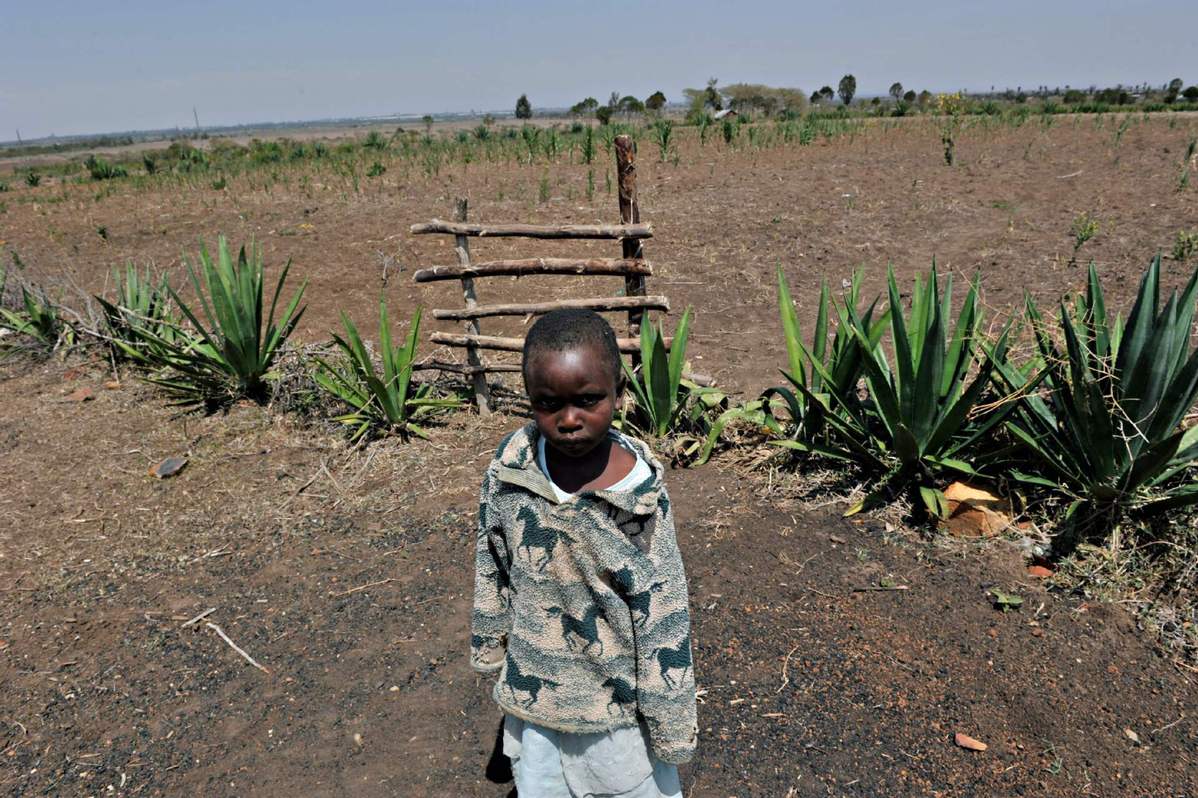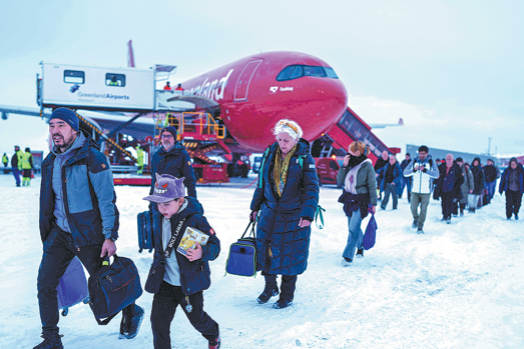Millions of Kenyans stalked by hunger
By EDITH MUTETHYA in Nairobi, Kenya | CHINA DAILY | Updated: 2021-08-31 09:34

Millions of Kenyans are facing severe hunger in arid areas of the country, following a worsening drought and increasing food insecurity.
The dire situation, attributed to poor performance of the October-December 2020 rains and the March-May 2021 rains, has put 12 of the country's 47 counties on drought alert, according to the National Drought Management Authority.
The government agency said most arid and semiarid counties received less than 50 percent of average rainfall, with most parts of Marsabit, Wajir, Garissa, Isiolo, Kajiado, Tana River and Turkana receiving less than 25 percent of average rainfall in June.
It estimates that almost 2 million people in the arid and semiarid counties will need food assistance till the end of the year due to current food insecurity.
In most arid and semiarid areas, communities practice agropastoralism and pastoralism, depending mainly on meat and milk for nutrition and income.
Josiah Mutua, who lives in the southern part of Kitui county, said many families are struggling to put food on the table. "The last time people harvested something was in early last year and for the following two rainy seasons, the rainfall was insufficient hence farmers didn't get any harvest. Many are now selling land in order to buy food. In fact, two people approached me last week asking whether I needed to buy land."
Mutua said many people keep goats, which they mostly depend on for milk and income. Unfortunately, due to the biting drought and famine, many have sold all their goats.
Water scarcity
In addition to food insecurity, Mutua said water scarcity is also a big challenge as the nearby dams that many people depended on have dried due to the drought. "People have to walk 30 kilometers to access borehole water points. It's challenging when one has to make that trip daily, meaning they may not engage in other productive activities," he said.
According to the drought management authority's July bulletin, trekking distances to and from water sources for both livestock and communities have increased significantly.
In addition, pasture and grazing conditions are poor in some counties, where pastoral livelihood zones are on alert to the alarm phase, trending to a worsening situation.
In Kilifi county, domestic animals are already dying at alarming rates due to severe vegetation deficits, resulting from the poor March-May rain season.
There are also fears that starvation could set in if action is not taken.
In the entire coastal region, 376,000 people need food aid, out of which 145,000 are in Kilifi, reported The Star newspaper.
To cushion livestock farmers in 14 arid and semiarid counties against severe effects of drought, the government through the Kenya Livestock Insurance Program has been allocating funds to farmers. In July, 94 livestock farmers in Garissa received a total of $27,319.
The National Drought Management Authority projects that dry conditions will continue till September.
























